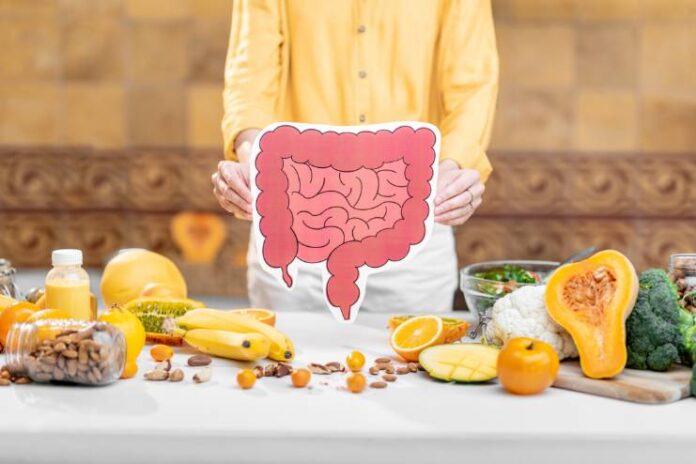Affiliate Disclaimer
Some links in this article are affiliate links. We may earn a small commission if you make a purchase through these links, at no extra cost to you. We only recommend products we find useful to our readersDiverticulitis is the inflammation or infection of diverticula, small pouches that can develop in the walls of the colon. Common symptoms of diverticulitis include increased abdominal pain, fever, nausea, and alterations in bowel habits. These can be very painful and, in worst cases, require medical intervention.
Dietary management for diverticulitis is very important because certain foods can trigger the symptoms or reduce them. A person who understands how diet impacts the condition can make the right decisions for improved digestive health.
Understanding the Diverticulitis Diet
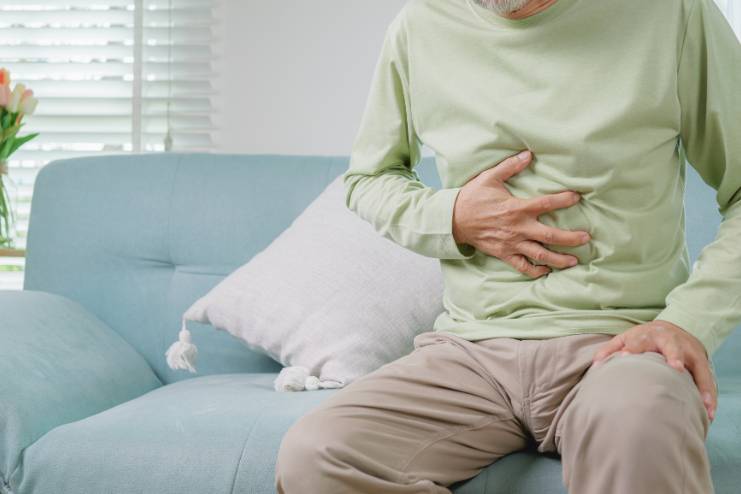
The diverticulitis diet is a therapeutic meal plan normally recommended by doctors during the short-term treatment of acute diverticulitis. Its purpose is to lessen the irritation of the inner digestive system to assist the colon in healing while reducing the amount of residue or undigested food passing through it.
Managing Flare-Ups with a Low-Residue Diet
During flare-ups, a low-residue diet is most appropriate. High-fiber food is hard to digest and sometimes complicates the situation. It is recommended to have low-fiber and easily digested foods, such as white rice, refined bread, eggs, and mashed fruit, along with boiled vegetables without husks and pips. This will help to slow bowel movements and allow the inflamed or infected pouches in the colon time to heal.
The Role of Fiber in Diverticular Disease
Fiber plays a dual role with diverticular disease. The inclusion of a low-fiber diet is beneficial during an acute attack of diverticulitis. On the other hand, a high-fiber diet helps prevent inflammation of the pouches by promoting regular bowel movements and reducing pressure on the colon.
Best Foods for Diverticulitis: The Diverticulitis-Friendly Diet
A balanced diet is very useful in managing diverticulitis. The diverticulitis-friendly diet, therefore, emphasizes low-residue foods that are easily digested by the body. Below are key food groups with examples of what to consider during a diverticulitis flare-up.
Lean Proteins
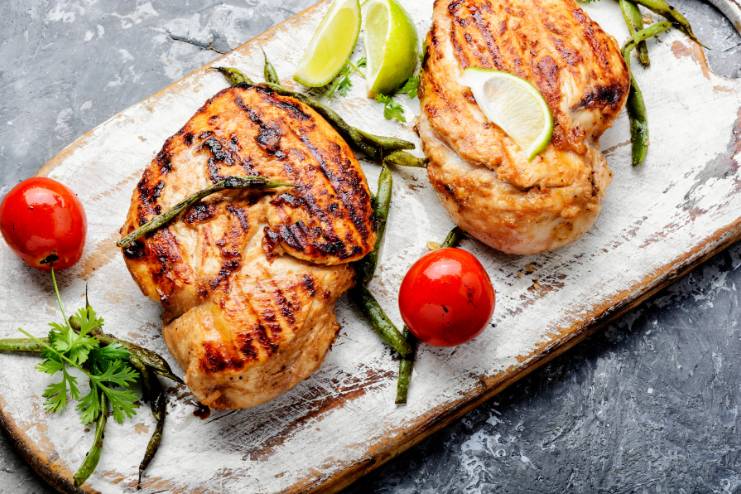
Lean proteins form an integral part of the diverticulitis diet as they provide the necessary nutrients for the body to function optimally without stressing the digestive system. These include:
- Skinless chicken or turkey: These lean meats have very little fat and will not cause stress to the stomach.
- Eggs: A versatile and gentle source of protein.
- Fish: Especially white fish like cod, which is low in fat and well-tolerated by the digestive system.
Recipe Idea: Baked white fish served with mashed potatoes.
Refined Grains
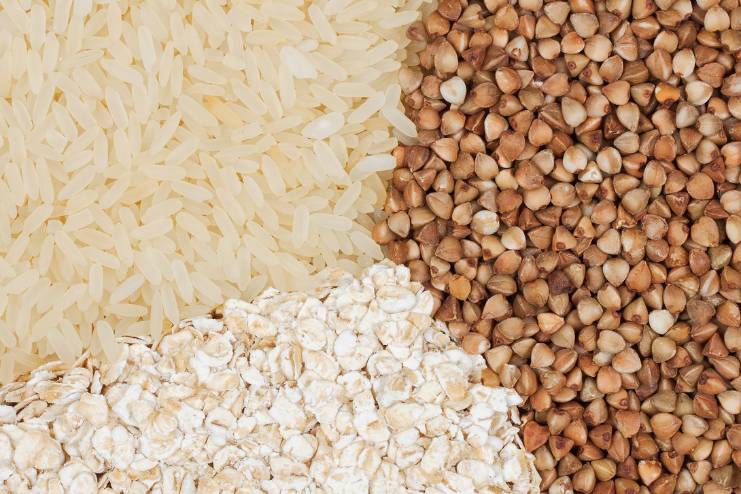
Individuals with diverticulitis should include refined grains in their diet during diverticulitis flare-ups because they contain the least amount of fiber. Three of the best refined grain foods include:
- White bread: Plain white bread, without seeds or nuts, generally does not cause inflammation in the intestine.
- White rice: A simple and gentle starch that is easily digested.
- Pasta: Choose plain, refined pasta without added fiber.
Recipe Idea: Plain pasta topped with a mild, low-fat sauce and lean protein like chicken.
Low-Fiber Fruits and Vegetables
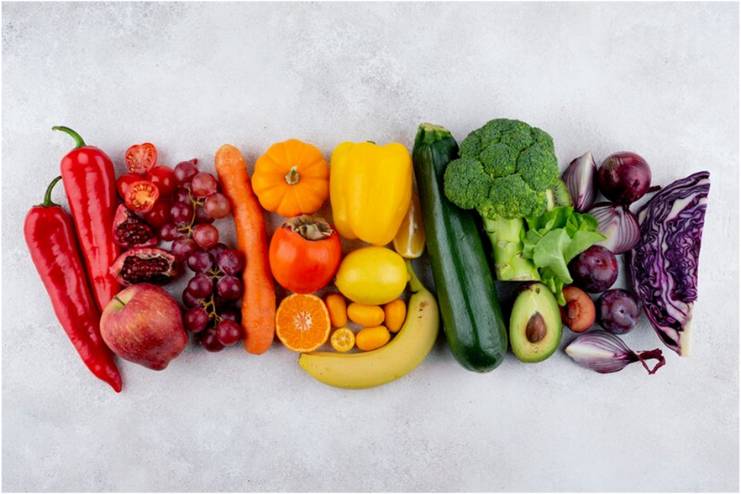
Although fiber is generally good for digestion, it should be avoided during an attack of diverticulitis as it can further irritate the colon. Consider:
- Canned or cooked fruits without skin or seeds: Good choices are peaches, pears, and applesauce.
- Vegetables like well-cooked carrots, green beans, or zucchini: Be sure to remove the peel.
Recipe Idea: Pureed vegetable soup, including well-cooked carrots, zucchini, and lean chicken.
Dairy Products
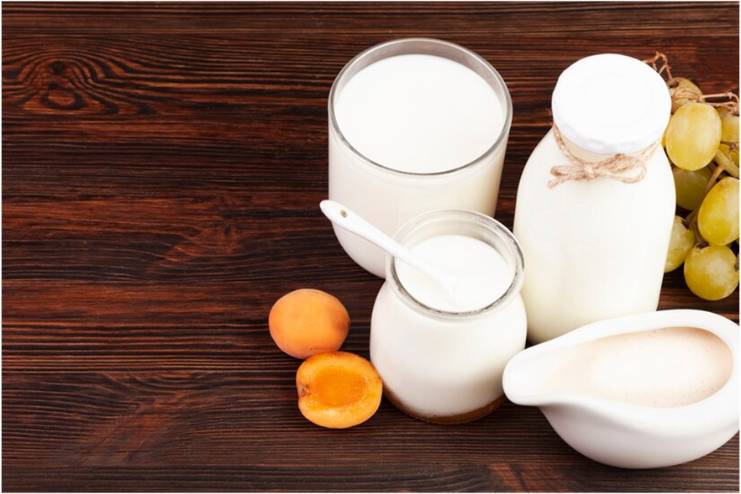
Dairy products can be included but they should be fat-free. Options include:
- Fat-free yogurt: Avoid yogurt with fruit pieces.
- Cottage cheese: Soft and easy to digest.
- Milk: Skim or low-fat milk is recommended to avoid adding fat.
Recipe Idea: A smoothie made with fat-free yogurt, banana, and a small amount of honey.
Healthy Fats
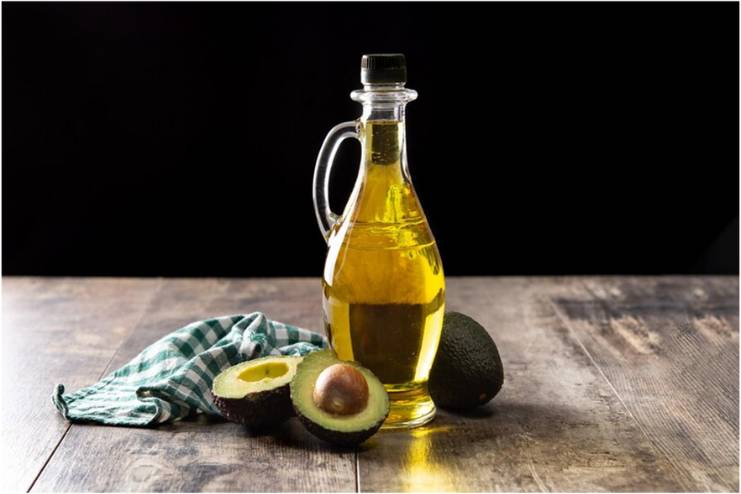
While total fat intake should be kept low during a diverticulitis flare, small portions of healthy fats can be included, such as:
- Olive oil: A generally healthy fat for cooking and dressings.
- Avocado: Small amounts of avocado can be a gentle, healthy fat source.
Recipe Idea: A small slice of white toast with a thin layer of mashed avocado and a poached egg.
Foods to Avoid with Diverticulitis: Trigger Foods to Limit
Management of diverticulitis involves monitoring the foods that cause flare-ups. High-residue foods can be very irritating to the digestive system, increasing symptoms like pain, bloating, and inflammation. Understanding which foods to avoid will help a person manage the condition more effectively.
- Whole Grains
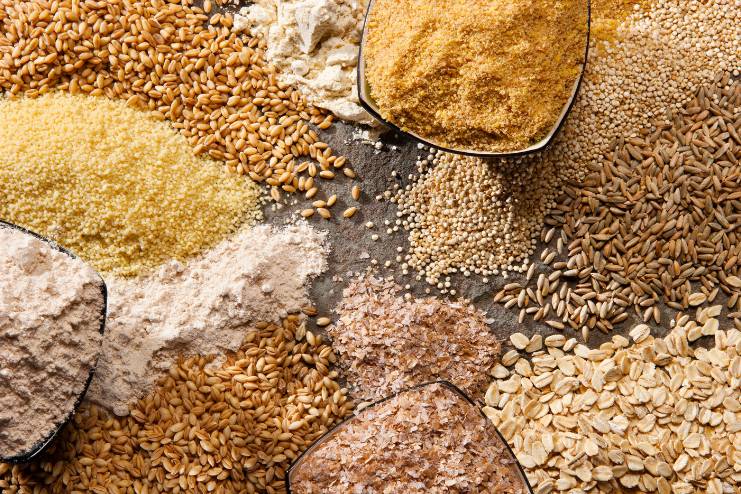
Whole grains can become a significant issue during a diverticulitis flare-up because they are rich in fiber. Fiber is hard to digest and can irritate already inflamed or infected diverticula. Examples of whole grains to avoid include:
- Brown rice: Has more fiber than white rice, making it tougher on the stomach.
- Whole wheat bread: Its bran may further irritate symptoms.
- Oats and bran cereals: These are overly hearty for a sensitive digestive system during a flare-up.
- Nuts and Seeds
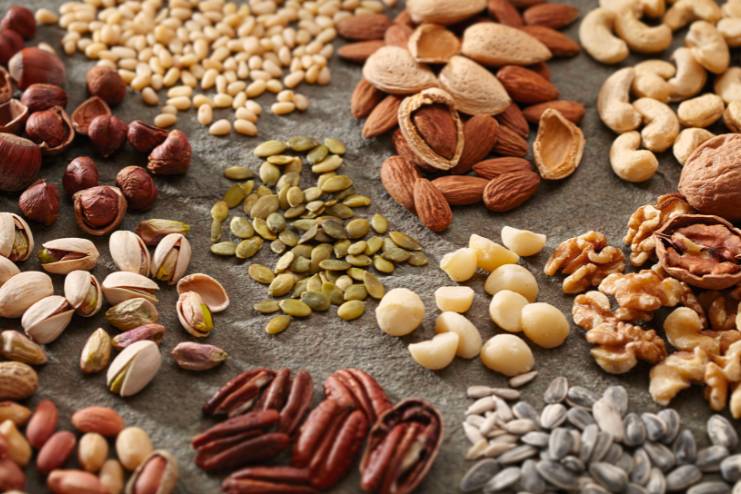
Nuts and seeds are small, hard, and high in fiber, making them difficult to digest and potentially irritating to the diverticula. Common examples include:
- Almonds, walnuts, and peanuts: All are high in fiber and tough to digest.
- Chia seeds and flaxseeds: Their small size and high fiber content can aggravate irritation.
- Sesame seeds: Often found in various foods, these can pass into the diverticula and cause inflammation.
- Raw Fruits and Vegetables
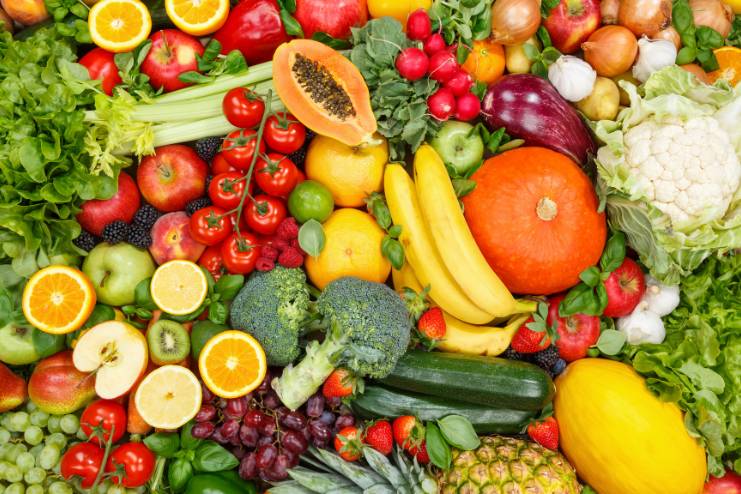
Raw fruits and vegetables are often high in fiber and difficult to digest. It’s better to consume them cooked or in small amounts if they must be eaten raw. Examples include:
- Raw carrots, broccoli, and cauliflower: Their indigestibility can worsen symptoms like bloating and gas.
- Apples with skin: The skin contains extra fiber that may irritate the colon.
- Berries: Their small seeds and high fiber content make them hard to digest.
- Corn

Corn can be hard to digest because it contains cellulose, a type of fiber that isn’t easily broken down in the body. It can pass through the GI tract undigested and might irritate the diverticula. Types of corn to avoid include:
- Corn on the cob: Kernels are tough and fibrous.
- Popcorn: The small, hard kernels can easily get stuck in diverticula and cause inflammation.
- Popcorn
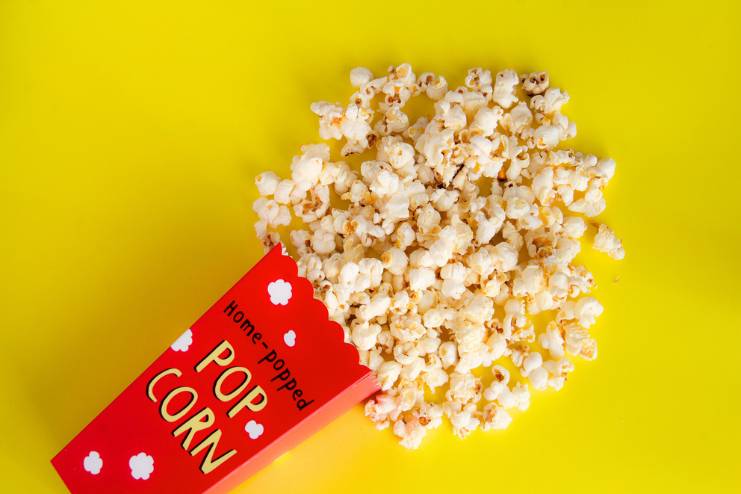
Popcorn is a unique issue because the small, hard kernels can easily become trapped in diverticula, causing sharp pain and potential inflammation.
The Importance of Reading Food Labels

Reading food labels is crucial for managing diverticulitis. Many processed foods are derived from whole grains or contain seeds and nuts. For example, whole-grain flour, nuts, or seeds are often found in granola bars, cereals, and baked goods. Read the ingredients carefully and avoid products with these trigger foods.
Creating a Diverticulitis Diet Plan
A structured dietary plan will help you avoid flare-ups and aid in recovery.
- Meal Planning and Preparation
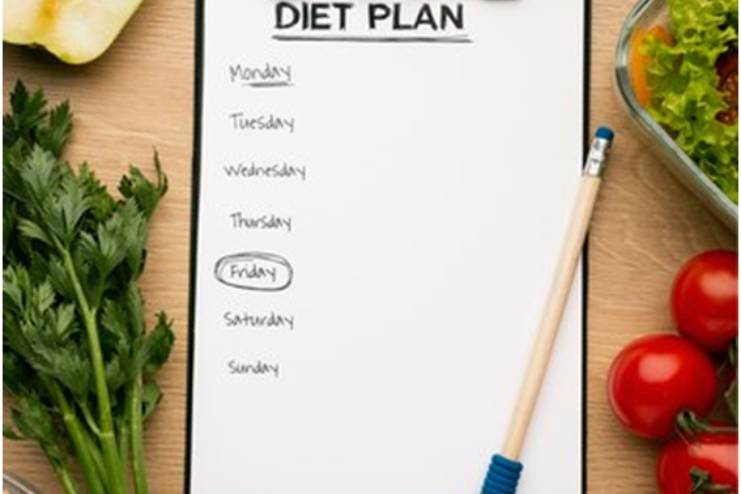
- Start Slowly: Adopt a clear liquid diet in case of a flare-up. This should include broth, gelatin, and some pulp-free juices. Gradually transition from clear liquids to soft foods, such as yogurt, applesauce, mashed potatoes, and other easily digestible foods.
- Lean Proteins Include: White meat poultry, white fish, and plant proteins.
- Add Fiber Gradually: When symptoms subside, gradually reintroduce fiber into the diet, starting with soluble fibers from foods such as oatmeal, cooked vegetables, and fruits without skins or seeds.y
- Staying Hydrated

Drink plenty of water throughout the day to avoid constipation. Your goal should be to drink a minimum of 8 glasses of water daily. Herbal teas and clear broths are good options too.
- Addressing Nutritional Deficiencies
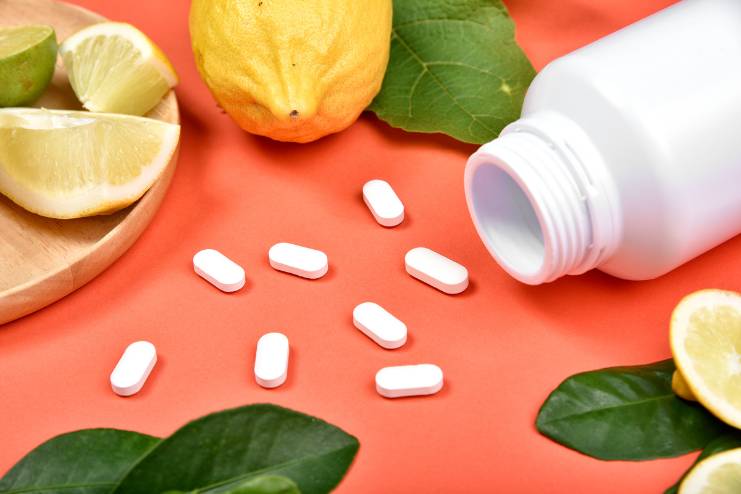
Low-fiber diets during flare-ups may lead to deficiencies in vitamins and minerals. Supplements containing Vitamin D, calcium, and B-complex vitamins may be necessary, but should be taken after consulting with a healthcare provider.
- Portion Control
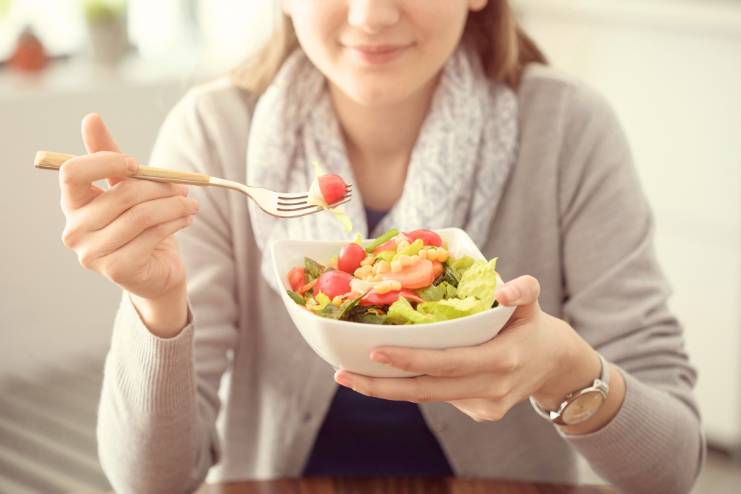
Eating smaller portions more frequently will reduce the strain on your digestive system. Large meals should be avoided, as they can increase pressure in the colon and potentially trigger more symptoms of diverticulitis.
- Sample Meal Plans
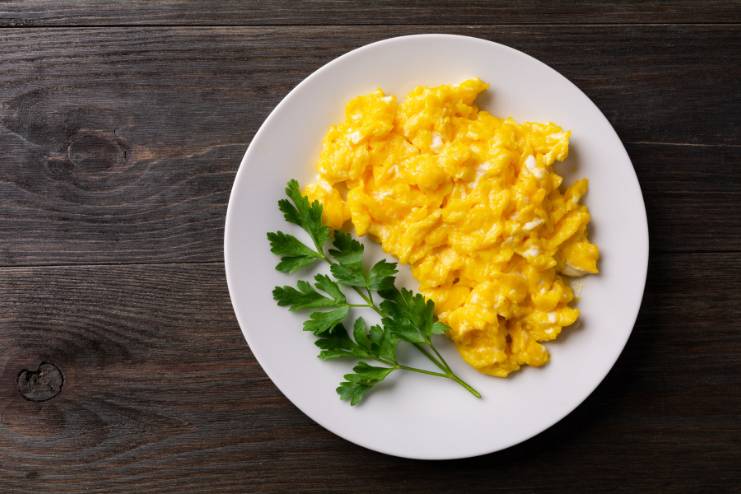
- For Low-Fiber Diet: Breakfast could include a small serving of scrambled eggs and white toast. Lunch might be a bowl of plain pasta with a small amount of cooked chicken. Dinner could consist of baked fish with mashed potatoes.
- For Transitioning to a Regular Diet: Start with oatmeal for breakfast, a turkey sandwich on whole wheat bread for lunch, and grilled chicken with steamed carrots for dinner.
When to Increase Fiber
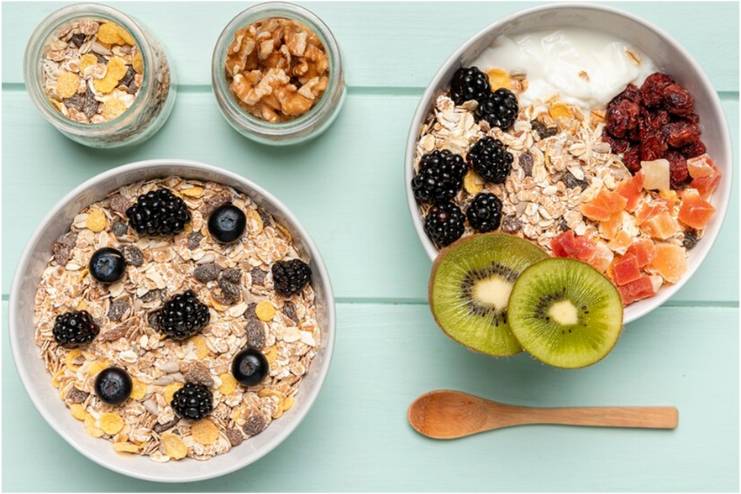
Increased fiber should only be reintroduced into the diet gradually and after the diverticulitis flare-up has resolved. This gradual reintroduction allows the digestive system to adjust to the increased fiber intake and helps avoid further discomfort.
Gradual Intake of Fiber: Start with small amounts of soluble fiber, such as oatmeal, well-cooked vegetables, and fruit without skin or seeds. After a week, gradually introduce other fibrous foods like whole grains, nuts, seeds, and raw vegetables. This gradual approach helps your digestive tract adapt to these foods without causing irritation or bloating.
Benefits of a High-Fiber Diet: A diet rich in fiber is essential for overall health, especially for digestive health. Fiber softens stool and makes it easier to pass through the intestines, promoting healthy bowel movements and helping to prevent the formation of diverticula, which can be harmful. Additionally, fiber regulates blood sugar levels by controlling the absorption of sugar molecules, reduces cholesterol, and aids in weight management by keeping you feeling fuller for longer.
Gradually increase your fiber intake by 5 grams each week until you reach the recommended daily intake of 25-30 grams. Ensure that your fiber intake includes a mix of soluble and insoluble fibers to promote optimal digestion.
Conclusion
The dietary management of diverticulitis demands careful planning and gradual changes. This article focused on a low-fiber diet during flare-ups and the gradual reintroduction of fiber to support long-term digestive health. A high-fiber diet is crucial in preventing further flare-ups and maintaining overall health.
Finding the right diet is a journey. With the right approach to managing diverticulitis, you can live a much healthier and more comfortable life.
References
- https://www.mayoclinic.org/healthy-lifestyle/nutrition-and-healthy-eating/in-depth/diverticulitis-diet/art-20048499
- https://www.healthline.com/health/diverticulitis-diet-list-of-foods-to-avoid#foods-to-avoid
- https://www.onpoint-nutrition.com/diverticulitis-diet
- https://www.lybrate.com/topic/diverticulitis-diet
In this Article















